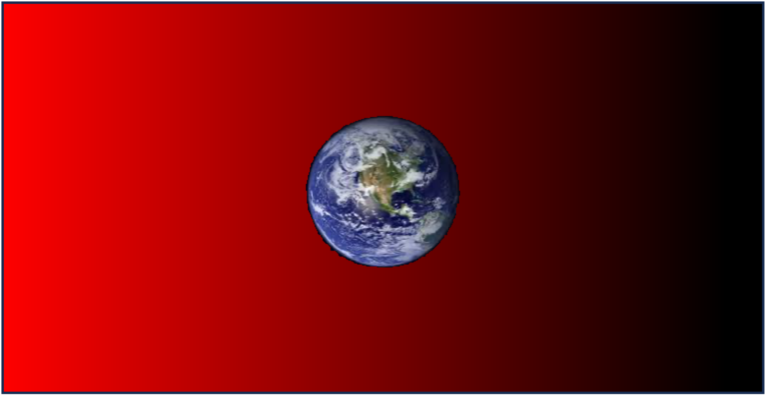LEFT & RIGHT

Clarifying what the Left and the Right are today is extremely difficult. Any attempt to define the current meaning of the concepts of Left and Right encounters inconsistent and contrasting definitions, invariably influenced by the personal views of those discussing them.
The only perspective that helps to clarify such an uncertain landscape is the one that connects the Left with centralized control of economic power and the Right with maximum autonomy and lack of control over the creation of wealth. This is not an absolute definition, but it helps interpret the meaning of the Left-Right dichotomy over the past centuries and has a historical justification.
Right and Left The industrial revolution of the 18th century initiated a substantial change in the social landscape. Capitalism and the proletariat emerged as the most evident actors, complementary and opposed within the social framework.
Towards the end of the 18th century, Adam Smith formulated the theory centered on the notion of the “invisible hand,” a cornerstone of liberal doctrine, which posits that the economic system does not require external intervention to regulate itself and specifically does not need the intervention of a rational collective will. An invisible hand guides its evolution correctly and compensates for imbalances. Prices are set at a fair level based on the negotiation of supply and demand. The economic and social automatism of the invisible hand soon manifested imbalances and inequalities between the class of owners and the class of workers, especially in the field of those social services that were not accessible to everyone.
Thus, a reaction from the less affluent classes emerged, broadly embodied by the phenomenon of “Socialism,” which could more widely and accurately be called “dirigism.” Dirigism is an economic policy in which the government exerts strong influence over productive sectors through a system of incentives and constraints that guide the economy toward what is recognized as the public or general interest. Ultimately, the government is the expression of the entire nation (even dictators maintain this), and it is logical that, as the highest expression of the community, it directs and governs the formation and distribution of wealth.
Thus, in the current sense, the notion of “right,” as a manifestation of liberalism, and “left,” as an expression of dirigism, was introduced, but there was an attempt to analyze what deep inspiration generated these opposing conceptions of society.
This substantial reality was cloaked in deeper thoughts: … the most frequently adopted criterion to distinguish the right from the left is the different attitude that people living in society assume towards the ideal of equality, which is, along with that of freedom and peace, one of the ultimate goals they propose to achieve and for which they are willing to fight (Bobbio). The debate was, and still is, epochal. Various right-wing and left-wing dictators did not help because they took multifaceted and contrasting positions on peace, justice, human rights, freedom, the economy, etc., ultimately making the concept of Right and Left a dialectical expedient to identify who is with us and who is against us. As it is today.
A More Pragmatic Than Theoretical Definition In essence, reality still seems brutally anchored to the different positions regarding the means of production and their relative effects, more than to ideal inspirations. However adorned with presumed values of freedom and justice, the difference between Left and Right rests on an economic and productive logical substrate. A left-wing government tends to govern every productive and social activity dirigistically and from the top, aiming at justice and the common good of the population, preventing individual interests from overriding the equality of citizens, and ensuring that productive systems equitably implement common welfare. In its most radical version, achieving this objective relies on the inevitable dynamic of class struggle, leading to the symbolic result constituted by the dictatorship of the proletariat. A right-wing regime believes in the self-regulation of the economic and productive system and holds that the greatest good of the population is realized by allowing each economic and productive initiative full freedom to express and fulfill itself liberally, without constraints and central directives, enabling individuals and groups to pursue their own interests, with the certainty that an “invisible hand” correctly guides evolution and compensates for imbalances. Prices are set at a fair level based on the negotiation of supply and demand. In the extreme form, the rule of total “laissez-faire” prevails, meaning that the social and economic system operates without any form of constraint. In this scenario, the suffering of weaker classes is a physiological phenomenon not to be countered because it will be automatically managed by the “invisible hand.”
It could be observed, simplifying, that the Left, when fully realized and self-satisfied, can lead to dominant paternalism and induce less innovative stimulus, scant incentive to earn, and almost existential resignation. Central control leaves little room for individual choices. The Right, on the other hand, inclined towards economic enterprise, induces systematic dissatisfaction, which stimulates evolution and is consistent with the logic of production and consumption, but disregards the equitable distribution of welfare, essentially relying on the dynamics of social differences.
Both systems can degenerate into dictatorial forms managed by parties or oligarchies, while they could instead offer mutually compatible ideas of welfare and development if correctly balanced and adapted to various historical, cultural, and territorial contexts. In any case, the essence of this conflict is obscured by mass distraction weapons, which polarize the attention of the population on socially irrelevant phenomena such as popular sports, consumption, potential enemies, local wars, mass communication figures, superstitions, … Thus, the underlying economic dynamics are hidden, and the major issues such as climate, pollution, and poverty, which loom over the planet, are forgotten.